“Aluminum fabrication in prototyping offers excellent machinability and is preferred among product designers for creating the best intricate designs. Explore the benefits of aluminum fabrication in prototyping”
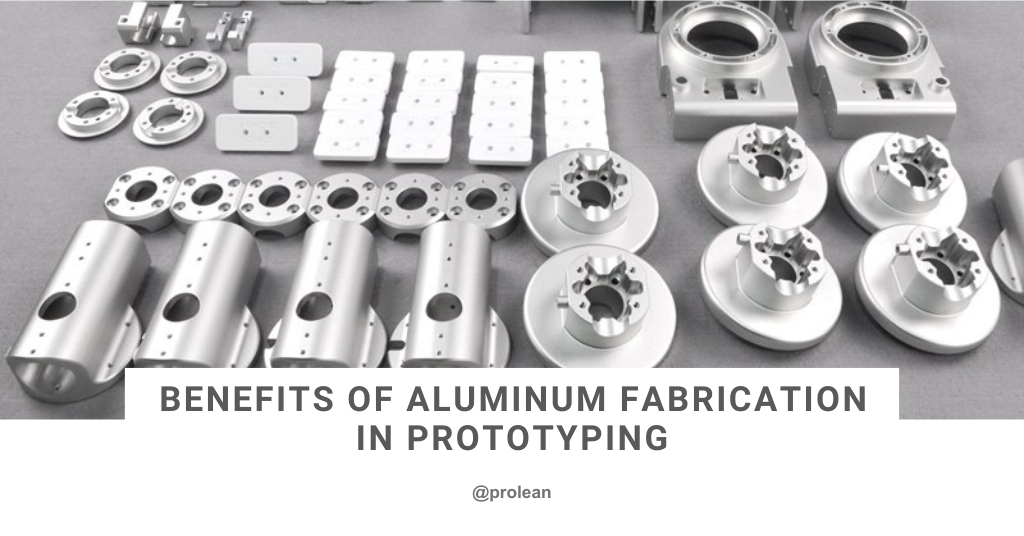
Aluminum Fabrication is a vital contributor to manufacturing industries due to its peculiar characteristics. The corrosion resistance, and its lightweight trait, adjacent to high strength make it perfect for a wide range of industrial applications. Aluminum fabrication provides exclusive versatility from the automotive to aerospace industries. The malleability component permits precise prototyping, intricate designing, cost-effectiveness, and rapid development cycles.
This article will detail through aluminium fabrication and determine its implications in manufacturing companies. On top of that, we will look at the superior benefits of aluminum fabrication in prototyping.
Aluminum Fabrication Defined
Aluminum fabrication encompasses the process of transforming aluminum materials into finished products. It is done through various techniques such as cutting, bending, welding, and machining. The predetermined shape is generally designed through (CAD/CAM) computer-aided design or computer-aided manufacturing software.
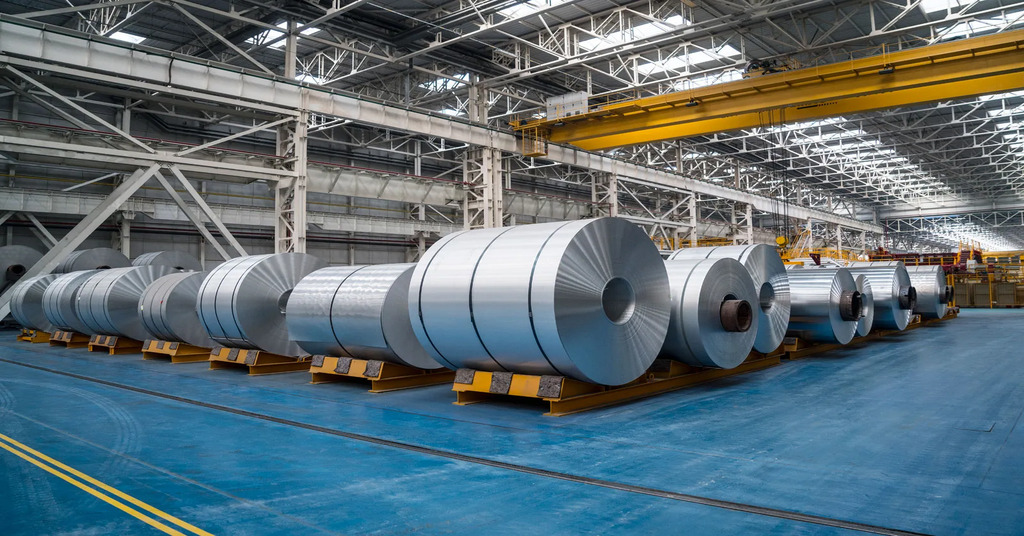
Aluminum Fabrication
Aluminum Prototypes Explained
Aluminum prototypes symbolize the product model that is structured by harnessing aluminum material. These prototypes are particularly used as a means to validate and test design components such as functionality and manufacturing processes during the product development phase. It offers various benefits in particular structural strength, analyzes performance details, and speedy reaffirmation.
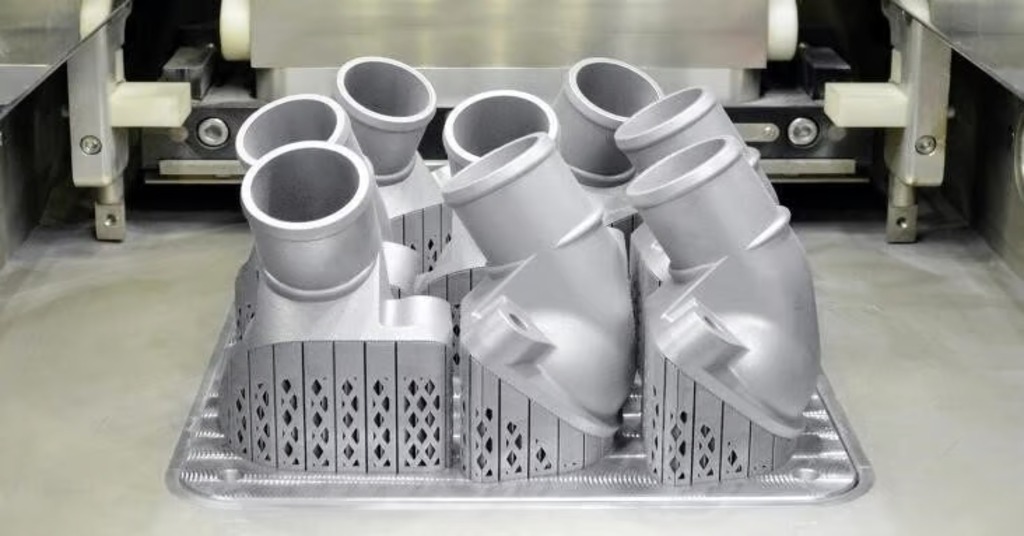
Aluminum prototypes
Aluminum due to its ductile and lightweight nature makes it suitable for fabricating closely resembling final product specifications. Moreover, it facilitates engineers and designers in perfecting and refining their prototype designs.
Try Prolean Now!
Types of Aluminum Prototypes
Aluminum prototypes can be manufactured using numeral methods, each offering different levels of fidelity and suitability during various stages of product development. Each type of aluminum prototype has its benefits and limitations, and the choice depends on aspects such as desired fidelity, budget, lead time, and production volume. Here are some common types of prototypes obtained from aluminum:
1. 3D Printed Aluminum Prototypes
3D printing is known as a popular method for creating metal prototypes. This process is also known as Direct Metal Laser Sintering (DMLS) or Selective Laser Melting (SLM). It involves using a high-powered laser to selectively melt aluminum powder layer by layer according to a digital design. This method is best suitable for complex geometries and quick iterations.

3D Printed Aluminum prototypes
2. CNC Machined Aluminum Prototypes
Computer Numerical Control (CNC) machining is a subtractive manufacturing process where aluminum is cut away from a solid block of material using precision cutting tools. CNC machining offers high accuracy and surface finish, making it suitable for functional prototypes and low-volume production runs.
3. Sheet Metal Aluminum Prototypes
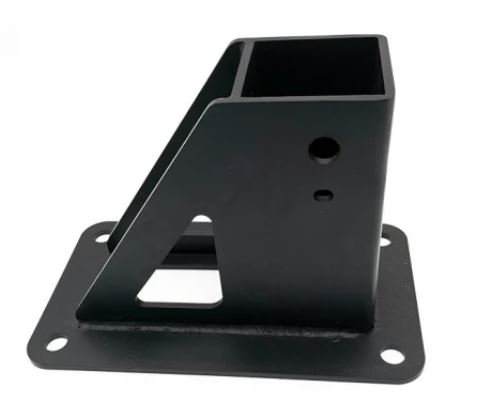
Sheet metal aluminum prototype
Aluminum sheet metal can be cut, bent, and formed into different shapes to create prototypes. This method is often used for prototypes that closely resemble with final product with reference to material properties and manufacturing processes. Sheet metal prototypes are right for manufacturability. And analyzing structural strength.
4. Investment Casting Aluminum Prototypes
Investment casting is also remembered as lost wax casting. It is a process where a wax pattern is layered with a refractory material to produce a mold. The wax is then melted away, leaving a cavity in the shape of the desired part. Molten aluminum is spilled into the cavity to create the prototype. Investment casting is well suited for creating prototypes with intricate details and complex geometries.
5. Sand Casting Aluminum Prototypes
Sand casting is a traditional method of prototype aluminum casting. The structure is pressed into sand to construct a mold cavity. Molten aluminum is then poured into the mold cavity, allowed to cool and solidify, and afterward removed from the sand mold. Simpler geometric designs with low production costs are appropriate for sand casting.
6. Rapid Tooling Aluminum Prototypes
Rapid tooling techniques, such as rapid injection molding, and soft tooling can be utilized to manufacture aluminum prototypes by employing molds crafted from materials like silicone or aluminum. These methods are expedient for producing prototypes with twin properties to molded parts, allowing for workable testing and low-volume production.
7. Extruded Aluminum Prototypes
In this type, aluminum prototypes involve forcing the aluminum alloy through a die to create sophisticated cross-sectional profiles. Extruded aluminum prototypes are best suitable for applications where a continuous profile is required, for instance, frames and structural components.
Aluminum Prototyping Phases
There are three typical phases of prototyping involved in aluminum rapid prototyping namely Alpha, Beta, and production prototypes. Let’s discuss some details of these types.
- Alpha prototypes: This is the most basic prototype form which is non-functional nowadays. It is particularly used for visual internal illustration of concepts and ideas.
- Beta prototypes: These are used for troubleshooting designs. Beta prototypes closely resemble with final component and are functional.
- Production prototypes: This prototype further tunes the product resulting from the beta prototype. They are fully functional and are almost indistinguishable from the final product.
Aluminum Alloys Used for Fabrication in Prototyping
Based on the merits of the alloy types used in prototyping, here are a few alloy details that you can consider according to your fabrication requirements.
Table: Aluminum alloy grades used for fabrication in prototyping
|
Alloy types Used for fabrication |
Benefits |
|
6061 |
Lightweight, high strength, good corrosion resistance |
|
7075 |
Excellent strength-to-weight ratio, best suited for automotive, aerospace/aircraft parts |
|
5052 & 5652 |
Excellent formability, weldability, good corrosion resistance |
|
6063 |
Good surface finish, excellent extrudability, heat treatable |
|
2024 |
High fatigue resistance, good machinability, aircraft-grade |
Try Prolean Now!
Benefits of Aluminum Fabrication in Prototyping
It is imperative to select the appropriate metal for prototyping together with the processing method. Aluminum alloys are mostly recommended for producing metal prototype devices. Concerning other metals, these alloys offer multipurpose applications. Let’s discuss some exceptional benefits of aluminum fabrication in rapid prototyping.
1. Exceptional Machinability
Aluminium offers exceptional machinability. The processing time of aluminum alloy in creating prototypes is less as compared to other metals like steel. It can be processed by multiple approaches for instance CNC milling, CNC drilling, electrochemical machining, electrical discharge machining, tapping, grinding, honing, and polishing. Aluminum alloys offer coating and electrochemical options because of their conductive nature. By the coalition of multiple techniques, you can attain or achieve any type of precision and complexity.
2. Excellent Precision and Flawless Finish
It is an ideal resource for CNC machining. The reason is that it differs from other processes that need melting and solidification for creating prototypes. With CNC machining you can get efficient prototypes with high tolerance and surface finish. With the title finishing you can obtain a mirror-like finish.
3. Corrosion Resistance Characteristics
Aluminum’s corrosion-resistant property directly links with the metal shelf life. A thin oxide layer on the upper surface provides resistance to any material that leads to corrosion and it’s the key requirement of every industry. So, prototype industries employ aluminum alloys to avoid the additional cost of coating or paint.
4. High Strength-to-Weight Ratio
In the aerospace industry, aluminum alloys are mainly used due to their lighter weight. It is approximately three times lighter than any steel and therefore easier to handle. In particular, where light weight is the key requirement as in airplane parts, ships, and handheld devices, aluminum alloys are occasionally considered not only for prototyping but also for manufacturing parts.
5. Recyclability
Almost every industry is trying to use sustainable and eco-friendly materials to avoid or limit pollution and it’s also a material selection factor. That’s the reason plastics and polymer use is limited. Aluminum alloys are completely recyclable and can be reused after smelting in different parts. Moreover, the wasted chips after batch production can be resold to compensate for some manufacturing costs.
6. A Non-magnetic Alloy
Aluminum is a non-reactive metal for magnets. This property increases its operationality in magnetic fields. Although some other metals also have this trait. But, aluminum is the cheapest and most lightweight. So, it is a reasonable choice for manufacturing industries.
7. High Conductivity
The comparative analysis of copper and aluminum exhibits the same level of conductivity, whereas copper is expensive, corrosion-susceptible, and softer than aluminum. Thereupon, aluminum can be used in prototyping electronic components such as electric appliances.
Aluminum Prototype Manufacturing
It is a rapid manufacturing process that utilizes aluminum alloys. Various machines and techniques are exploited to concoct the best possible design. These prototypes are fabricated from die-cast aluminum, cast aluminum, and sand aluminum. Most of the aluminum prototypes are created from CNC machining, which uses CAD software to shape the metal by appropriating part geometry.
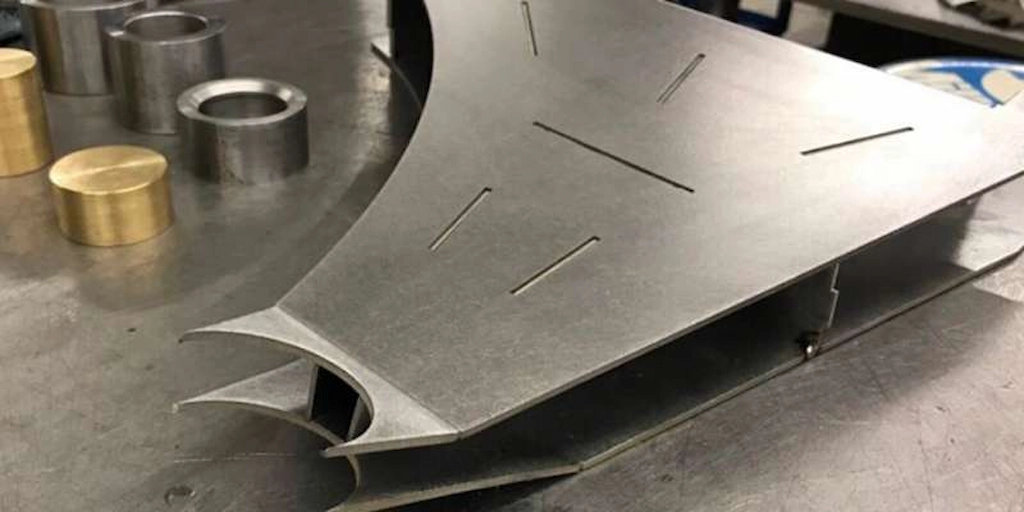
Aluminum prototype manufacturing
Hundreds of companies including robotic, electronic, and aerospace around the world rely upon aluminum manufacturing services. Prototyping has constantly redefined the specifications like appearance, weight, and functionality.
Prolean, as your Experts for Aluminum Fabrication in Prototyping
We are dedicated to delivering the highest quality services and products. We here at Pro-lean, with a team of experienced engineers, will focus on technical details that in turn will optimize the product designs. For us, it’s not just about creating parts, our prototype manufacturing art will create solutions that bring your ideas to life. Our priority of getting work done on time and within budget will increase customer confidence in our abilities.
From prototyping to large-scale production, we deliver you the best possible service. So, send us your project for efficient and precise metal prototyping and get a free quote today!
Read more:
- Aluminum Extrusion Explained: Tooling, Process, and Applications
- Eight Common Sheet Metal Fabrication Techniques
- Stainless Steel Sheet Metal Fabrication
- Top 10 Rapid Prototyping Companies In The World
Try Prolean Now!
Summing Up
Aluminum fabrications offer dozens of benefits in both simple and complex prototyping. Aluminum alloys allow rapid and precise prototyping because of peculiar characteristics such as malleability, ductility, lightweight, non-magnetic, corrosion resistance, and high strength-to-weight ratios.
As a consequence, it is widely harnessed by many industries. There are also different types of prototyping based on their specification and functionality. Aluminum alloys come in a variety of compositions offering multiple advantages. So, the final world would be to select aluminum alloys for precise and efficient prototyping.
FAQs
Q1- Why is aluminum a preferred metal fabrication in prototyping?
Aluminum has several qualities that make it ideal for prototyping needs over other metals. It is;
- Durable
- Recyclable
- Flexible
- Lightweight, strong
- Economically efficient
Q2- Can aluminum be easily customized for specific prototyping requirements?
Yes, aluminum’s versatility allows it for easy customization to meet specific prototyping needs. Whether it’s through CNC machining, bending, welding, or surface finishing processes, aluminum can be tailored to achieve desired shapes, sizes, and surface properties for prototypes.
Q3- What are the common aluminum alloys used in prototyping?
The most commonly used Aluminum alloys for fabrication are 6061, 7075, and 5052. Each alloy offers unique characteristics suited to specific applications.
Q4- Which aluminum prototyping method is best?
It depends upon certain factors to choose the best and most suitable method. Factors like, budget, timeline, desired prototype characteristics, and intended production volume. It’s often beneficial to consult with engineers or prototyping experts to determine the most suitable method for your specific project requirements.
Resources
- Michael Stacey, (2011). Aluminum: A Studio Design Guide, Published by RIBA Publishing, 66 Portland Place, London, W1BAD. ISBN: 9781859467060. https://www.google.com.pk/books/edition/Aluminium/4lbgEAAAQBAJ?hl=en&gbpv=1&dq=inauthor:%22Michael+Stacey%22&printsec=frontcover

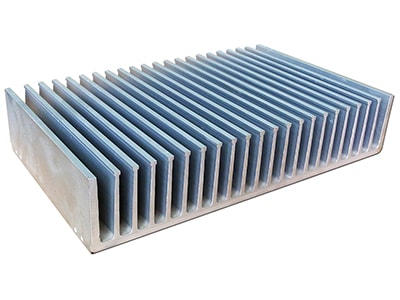



I am looking for aluminum sheet parts for enclosure?
Yes we have facility to prototype aluminum sheet enclosures! Upload your design , we will get back to you!